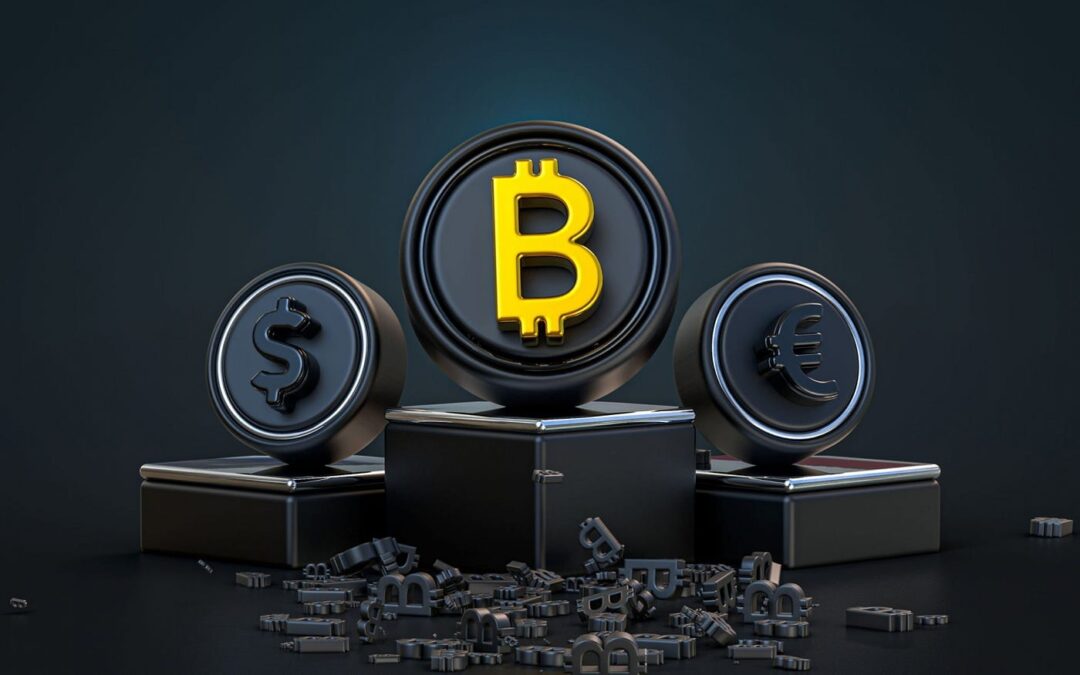Hey there, curious minds! If you’ve ever wondered about the wizardry behind the creation of tokens in the blockchain realm, you’re in for a treat. Today, we’re going to embark on a journey into the heart of blockchain technology, demystifying the process of token generation. So, buckle up, because we’re about to dive into the fascinating world of digital currencies and tokens!
Understanding the Basics
Before we delve into the nitty-gritty details, let’s get back to basics. What exactly is a token? In the blockchain universe, a token is a digital asset representing ownership or access rights on a decentralized network. Now, you might be wondering, “How on earth are these magical digital coins created?”
Blockchain and Smart Contracts
The key to token generation lies in the blockchain itself, the revolutionary technology that underpins cryptocurrencies. In simple terms, a blockchain is a decentralized and distributed ledger that records transactions across a network of computers. But what’s the secret sauce? Smart contracts!
Smart contracts are self-executing contracts with the terms of the agreement directly written into code. These contracts facilitate, verify, or enforce the negotiation or performance of a contract. In the context of token creation, smart contracts play a pivotal role in defining the rules and conditions for generating and managing tokens.
Token Standards: ERC-20 and Beyond
Now, let’s talk about standards. In the blockchain world, standards are like the rules of the game. The most common standard for token creation on the Ethereum blockchain is ERC-20. This standard ensures that tokens created on the Ethereum network follow a set of predefined rules, making them compatible with various wallets and exchanges.
But the blockchain world is dynamic, and innovation knows no bounds. Beyond ERC-20, there are other standards like ERC-721 for non-fungible tokens (NFTs) and ERC-1155 for multi-fungible tokens. Each standard caters to specific use cases, adding layers of versatility to the token ecosystem.
The Token Generation Process
So, how does the actual token creation process unfold? It typically involves the following steps:
Smart Contract Deployment
A developer creates a smart contract defining the token’s characteristics, including its name, symbol, total supply, and any additional functionalities.
Token Minting
The smart contract mints (creates) the initial supply of tokens as defined in its code. This process is usually irreversible and establishes the total token supply.
Distribution
Once minted, tokens can be distributed among users through various mechanisms, such as initial coin offerings (ICOs), airdrops, or direct transfers.
Interoperability
Tokens created on blockchain networks are often designed to be interoperable, meaning they can move seamlessly between different platforms and wallets that support the same standards.
Conclusion
And there you have it – a glimpse into the enchanting process of token generation in the blockchain space. It’s a world where smart contracts, standards, and innovation converge to create a diverse array of digital assets. So, the next time you encounter a new token, you’ll know that behind its digital facade lies a fascinating tale of blockchain magic. Until next time, happy exploring!

